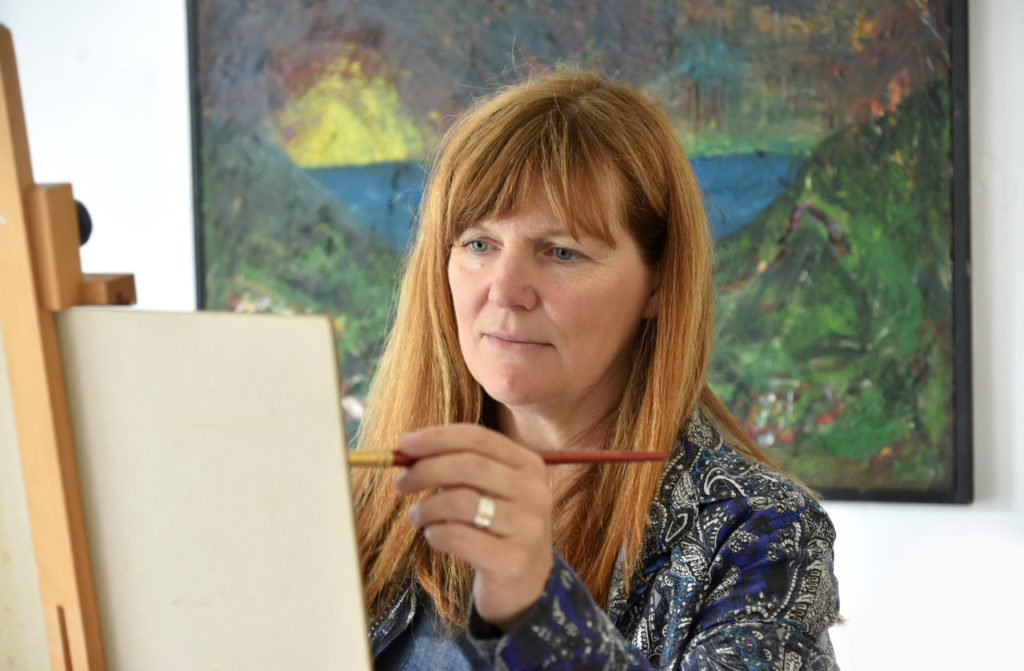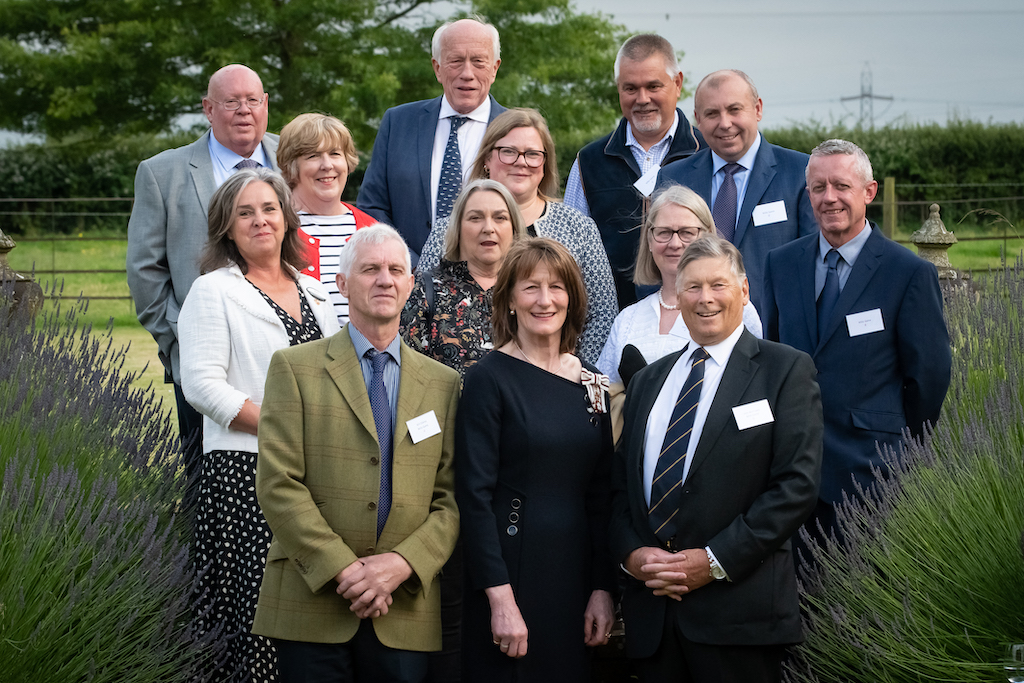Author, photographer, artist, jewellery designer, shiatsu practitioner, creative therapist and so much more – Jo Jukes packs a lot into her life. Neil Thomas met her to find out more.
The shadows of the past loom large in the life of Jo Jukes. She loves to walk in the footsteps of those who inhabited Shropshire thousands of years ago, to gaze upon what they gazed upon, to imagine their primitive existence – and capture it all in words and pictures.
The Much Wenlock author’s acclaimed book, Finding Home (Journeys with the Hillforts of Shropshire), is about to have its third print run after the first two – totalling nearly 1,000 copies – have virtually sold out.
The reason for the book’s popularity becomes apparent within the first few pages, for Jo brings the history of these Iron Age settlements to life. To colourful descriptions and archaeological insights, she adds a rare spirituality.
Jo lists 77 hillfort sites in Shropshire, of which 50 are accessible, the remainder being lost under the plough or to modern development. Those that can be reached, she has stood atop to, as she explains, “explore the atmosphere and feelings that these ancient places evoke”.
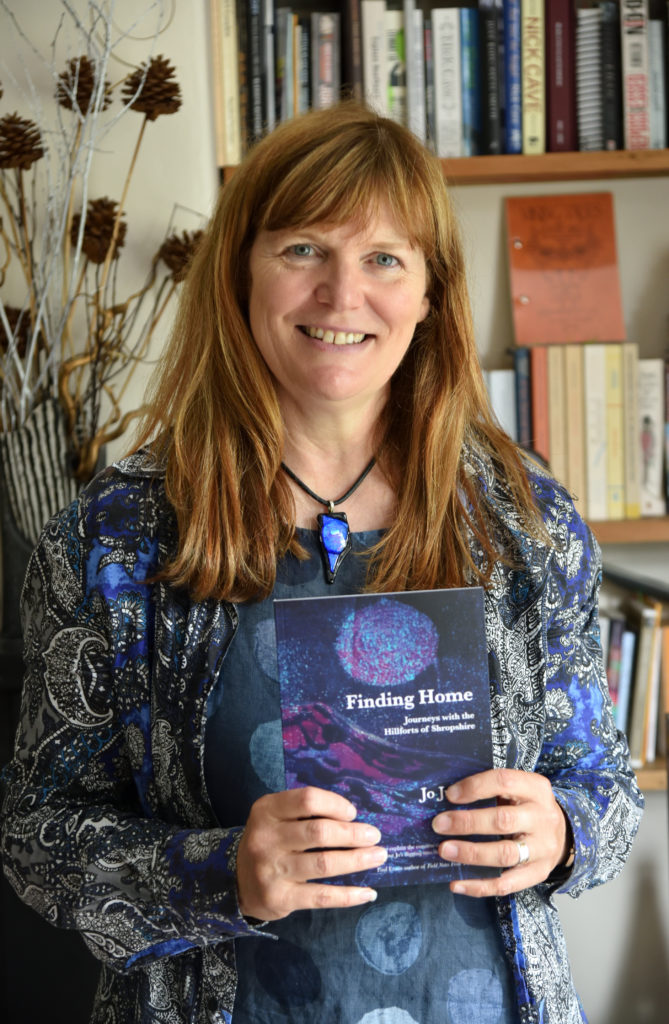
As a former English and History teacher, Jo appreciates only too well the connections between past and present – that, for instance, the Iron Age Cornovii tribe, whose capital was a hillfort on the Wrekin, are as much a part of the Shropshire story as you and I.
Jo explores how alliances were forged and communities developed, primarily in the daily struggle for survival – safety in numbers! – but also to feed the human need for sociability, to share emotional experiences and inspire artistic endeavours.
“When you see cave paintings that are tens of thousands of years old, you are seeing the earliest examples of the very human desire to leave something of ourselves behind, to say ‘my life meant something, I mattered, I was part of the human story, your story’. That’s a powerful link between those cave artists and us today,” Jo reflects, as we talk in the kitchen of her elegant period home just a short stroll from beautiful Wenlock Edge.
“I’m not just interested in how daily life was on the hillforts but in the mysticism that envelops them. Why, in our modern world with all its technological advances, are so many of us drawn to these sites? They certainly have a magical feel, where you can almost step outside of your 21st century life.”
Jo Jukes is a woman of many talents – writer of prose and poetry, painter, photographer, jewellery maker, Shiatsu and Tai Chi practitioner and creative therapist, to name a few. In her mid-fifties, she exhibits a youthful energy and enthusiasm for trying new skills.
“Education doesn’t end when you leave school. It’s fun and stimulating to learn new things, to keep learning every day.”
Jo brings a heightened intensity to all she does and a genuine appetite for life. Which is, perhaps, unsurprising, for when she was 26, she was diagnosed with bone cancer and given a fortnight to live.
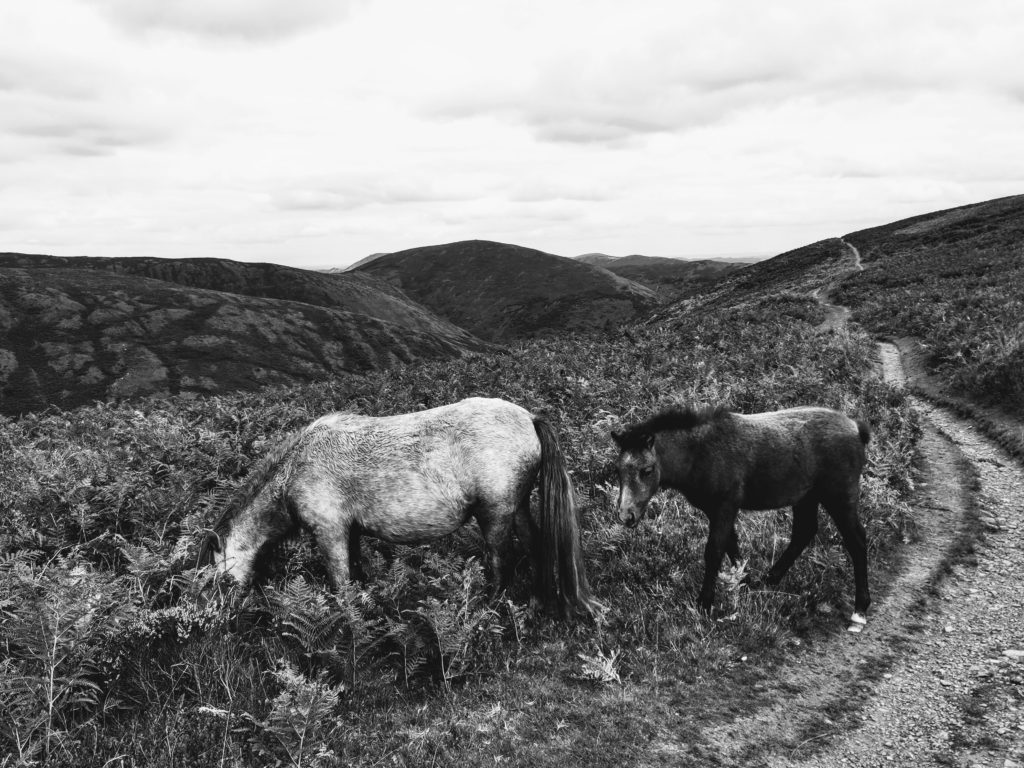
“I was always active and enjoyed walking, climbing and water sports but I was starting to get pain in my hips which was gradually slowing me down. It was getting so bad that I had to return early from a teaching post in Sri Lanka with VSO (Voluntary Service Overseas). I had tests and was given the devastating prognosis.
“When you measure your life in days, it can be very hard to focus. I told myself that even though I was so young, I’d already packed a lot into my life. It was the only way I could think of to cope.”
Jo started a course of treatments, including chemotherapy and the weeks became months. The illness changed her life in another fundamental way, as they left Jo’s native North for a new home in Dudley, near her husband Andy’s family.
“My life expectancy was short and it was important to be nearer that network of support.”
For Sheffield-born Jo, it was a huge wrench to leave the friends, family and landscapes – dales, peaks and lakes – she’d loved as a child and young woman.
However, importantly, she was given the chance of a pioneering bone marrow operation. And her life changed again.
“It was all very new back then. The first person to undergo it had survived, the second person died. I was the third. And here I am, nearly 30 years later cancer-free,” she says, breaking out into a sunshine smile.
As she grew stronger and, in time, fully recovered, she longed to escape the West Midlands urban sprawl.
“Andy knew Shropshire from his childhood and it seemed to offer everything I needed – the Severn for kayaking, Mitchell’s Fold stone circle for my love of standing stones, The Stiperstones reminding me of my climbing days on Stanage Edge in the Peak District, and the Long Mynd and Clee Hills, with an abundance of heaths and hillforts to explore. We moved here and I’ve never regretted it.”
You might imagine that Jo’s life-threatening disease and painful treatment would be more than enough for one family to contend with. In its wake, though, came another shattering diagnosis. Andy has been living with Parkinson’s Disease for 12 years now. Rare in one as young as he, his gradually worsening condition has hampered his career as a drama teacher, though ironically the trend for more online-based home-working, brought about by the pandemic, is helping him to stay engaged with a life he loves.
And there has been much joy in the Jukes household this summer when son Sam graduated in drama – it’s in the blood, after all – and launched his career as a professional actor.
Out of the family’s health challenges arose in Jo a deep interest in the idea of creative therapy for mental wellbeing and tackling learning difficulties.
“I genuinely believe that everyone has an artistic talent of one kind or another and it’s a case of tapping into it. For those with low self-esteem, art can build self-confidence.”
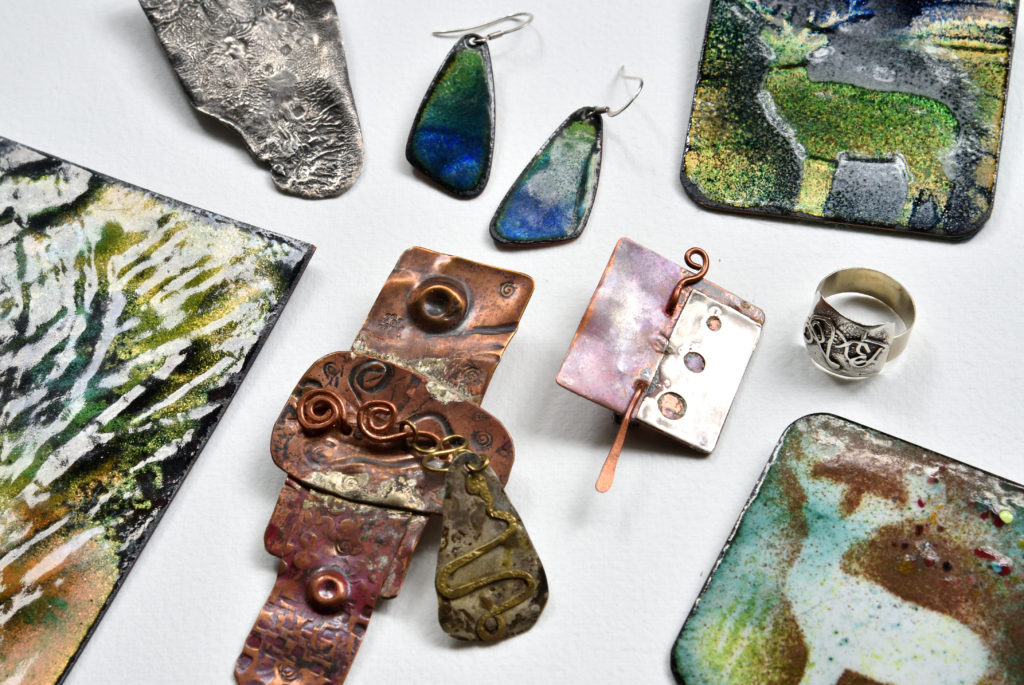
It is a belief that Jo puts into practice at regular creative retreats that she helps to deliver at various locations, the most recent of which was a tree-themed event at Llanberis in North Wales. Before that, there was a weekend in the Yorkshire Dales in June.
Central to the creativity she encourages is the natural world. She hands out objects connected to nature – a pebble, for instance, or a feather – and invites the group to first study it closely before encouraging them to talk individually about it.
“The pebble, for instance, might bring back a childhood memory of walking on a beach with a much-loved grandparent long ago, the feather might conjure the image of a fledged bird. They talk about the object – shape, weight, colour, pattern, texture and what it makes them think of. And it works! When you give people the opportunity to express themselves and make social connections, they feel good. Confidence builds. From there, we go on to produce artistic work, again, often about everyday objects linked to the natural world. So, members of the group draw or paint what they see, write about what is before them and, before you know it and almost without them realising, they have produced a piece of art. And that sense of accomplishment is very uplifting and life enhancing
“It is about making it safe, creating an environment where people feel secure enough to open up, knowing they won’t be judged.
“I recall vividly a mother coming up to me to thank me for the change in her daughter, who had suffered from a lack of self-belief about her artwork. I recall her words now – she said ‘you have restored my daughter’s creativity and love of drawing’. From my point of view that’s incredibly satisfying.”
Jo’s enthusiasm clearly inspires her ‘students’ and her background as a teacher – including being a SENCO (Special Educational Needs Co-ordinator) – gives her a valuable professional skills’ set.
The natural world is central to Jo’s life. On the day we met, she’d spent part of the morning marvelling at and photographing bees buzzing around flowers in her garden.
Her regular Facebook posts evoke this effusive love for nature as well as providing a snapshot of the sharply descriptive writing style that infuses her prose and poetry and was instrumental in Finding Home’s success.
For instance, of the weekend in the Dales Jo writes, “For me, this felt like the best ‘work’. It was nourishing, enlightening, supportive and reciprocal. Working with wonderful people in a sacred, ancient landscape was such a joy. We were held under the gaze of Ingleborough, a very special mountain and hillfort for me.
“As humans we can connect to the natural world around us and celebrate our oneness with all life, from the sweetly-scented orchids, the bee-filled wildflower meadows, the lichen-patterned stone walls and the wind-challenged ash trees, to the limestone pavements, the boulder-strewn river Ribble and dapple-gladed waterfall. There is so much to celebrate when we truly look.”
Jo is an imaginative artist in several media, with an eye for the abstract and a particularly striking use of colour. She is an accomplished photographer – her black and white images illustrate Finding Home – and a talented designer of jewellery pieces.
She does, though, intend to concentrate more on writing from now on, with another book, Finding Beauty – A Year of Nature Outside Your Door, due out in November. It focuses on the natural world and our connection with it.
While that draws our attention to the wealth of nature literally outside our front doors – such as the bees she photographed on the day of my visit – a future book may further explore humans’ impact on the natural world.
“I’m really into industrial archaeology, though I’m not an archaeologist. Coming from Sheffield, mining and steelworks are in my blood and I’m fascinated by our industrial heritage and the influences of man on the landscape,” Jo explains. “It’s actually another aspect of Shropshire that I love, its place at the heart of the Industrial Revolution. In fact, I was involved at Blists Hill Victorian Museum on the re-enactment side.”
Jo is also a prolific poet and a future project may well entail compiling an anthology. So, what better way to end than with a particularly striking example of her work. This is the poignant and nostalgic There’s a Place, in which she shares a childhood memory infused with a deep love of nature – and of how that memory warms her heart to this day.
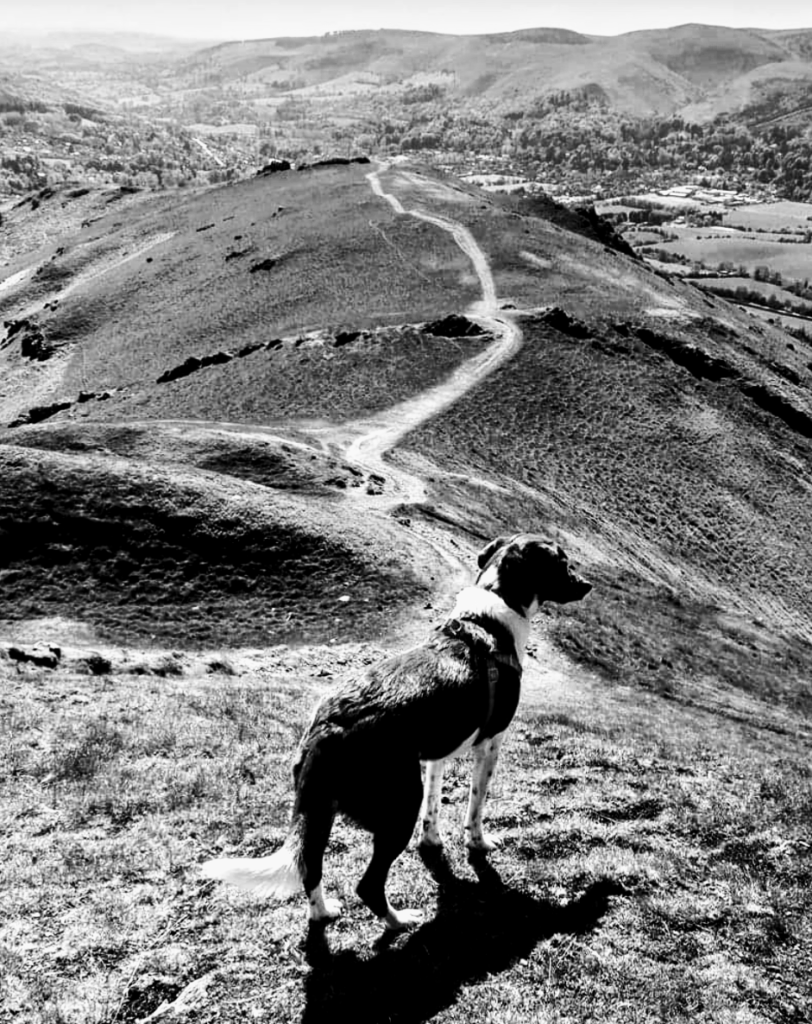
There’s a place I go to.
I’ll take you there, if you promise to keep it a secret…
Down the steep Cinder Hill,
Past the last houses on the estate.
Along the narrow lane now,
lined with blackberry bushes,
that prick my fingers
and stain them deep purple
with scrumpers’ dye in autumn.
Past the hare field on the right.
One, two, three, black tipped ears,
bobbing up out of the long grass.
Golden brown in the sun,
dark and grey in the shade.
There’s a little stepping-stones brook here too,
where I always dare to jump, do you?
Past the blind, serpentine, ‘peeping’ bend,
that slows my bike, once I learn to ride it,
Even more than the steep hill or slippery ice.
Then I’m here again.
At the place where the old farm sits, in guarding position.
The other girls are dutifully indoors, playing with dolls.
My mother thinks I am at Kay’s, such a nice girl.
But I am here, on my own, entering the deserted barn.
My own dare.
Musty and stinky and shuffling with rats and goodness knows what…
I have to go and check you see.
Eyes adjusting to the dark now,
careful where I tread,
amongst the fallen roof timbers and stone rubble.
I look down and see the signs, pick up the clue.
I’m a good detective.
A cylindrical pellet of fur and bones,
a trail laid just for me,
like gingerbread crumbs through the forest.
I look up to the rafters.
Find the central beam and chink of light.
There, to the side, on the stone plinth, can you see?
Ghost bird. Athena’s bird.
My football team’s mascot.
Looking down at me again, oh, those eyes…
I must remember to breathe, but quiet!
I step on a twig with a snap.
And out she goes, in a rush of air.
No sound on those silent wings.
A stealth pilot flying over the fields again.
Quartering, as the leverets freeze in their scrapes,
Radar searching for mice and voles and shrews.
This barn is my place, mine and hers.
I dream that one day, I will live here,
on this plot between owl and hare,
field and brook.
I still go there often, in my mind.
All these years later, each time I see a barn owl.
Visiting the ruin, that is now a luxury farm conversion.
Fancy sports car parked outside, walled and gated within.
No opening, no plinth, no roosting spot.
But I am there, whenever I close my eyes.
I recall the smell.
The whiteness of feathers.
The piercing but patient gaze,
The movement of air as she skimmed the top of my head.
Watching, waiting, rewarded with the sight,
In that forbidden, secret time, all to myself.
To dream,
as I dream now,
of how the world first was, for me.
Finding Home: Journeys with the Hillforts of Shropshire, £15, is available via https://www.etsy.com/uk/listing/1116873970/finding-home-is-now-available-again and at the following stores: Castle Books, Ludlow; Poetry Pharmacy, Bishop’s Castle; Burway Books, Church Stretton; Pengwern Books, Shrewsbury and Booka Bookshop, Oswestry

